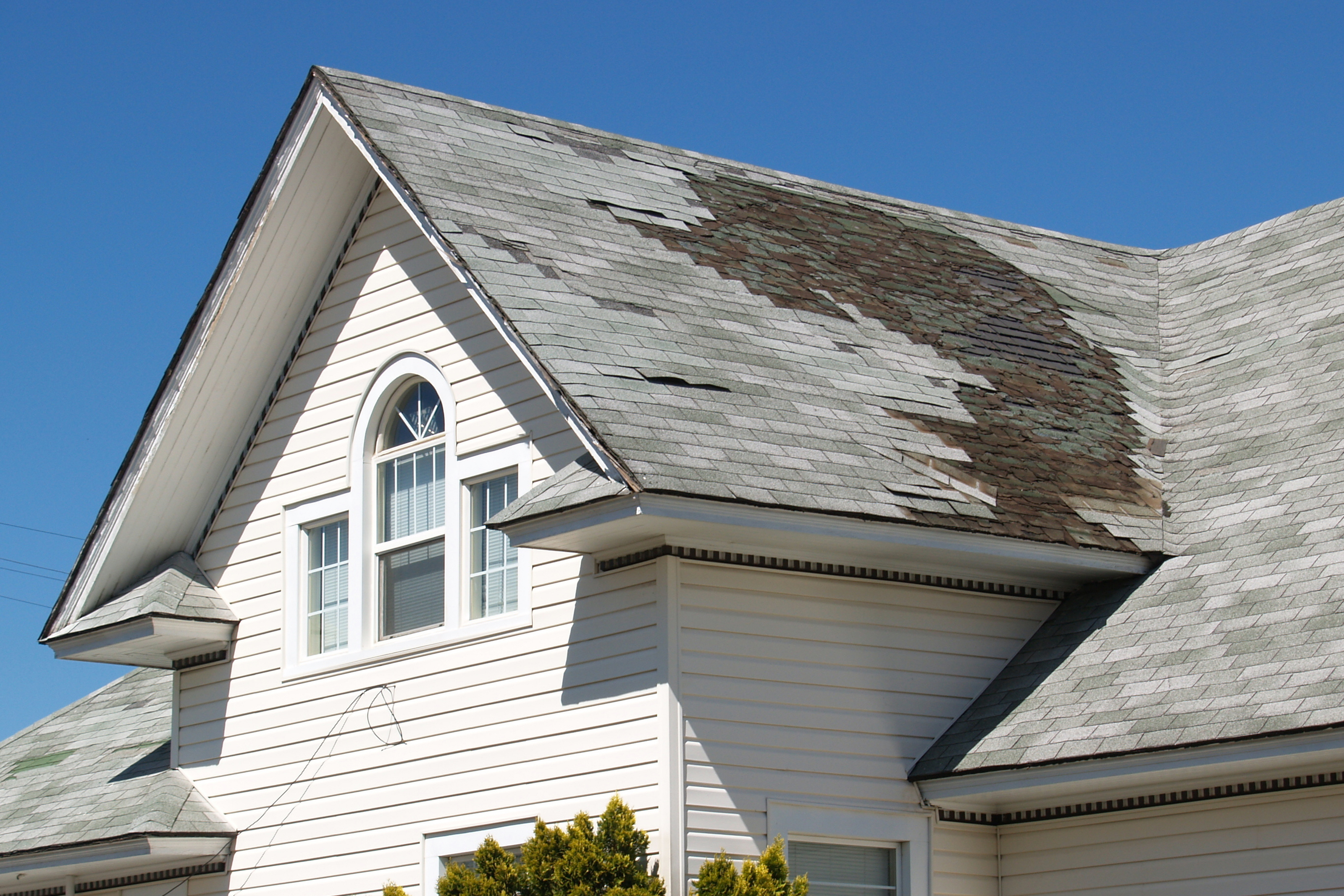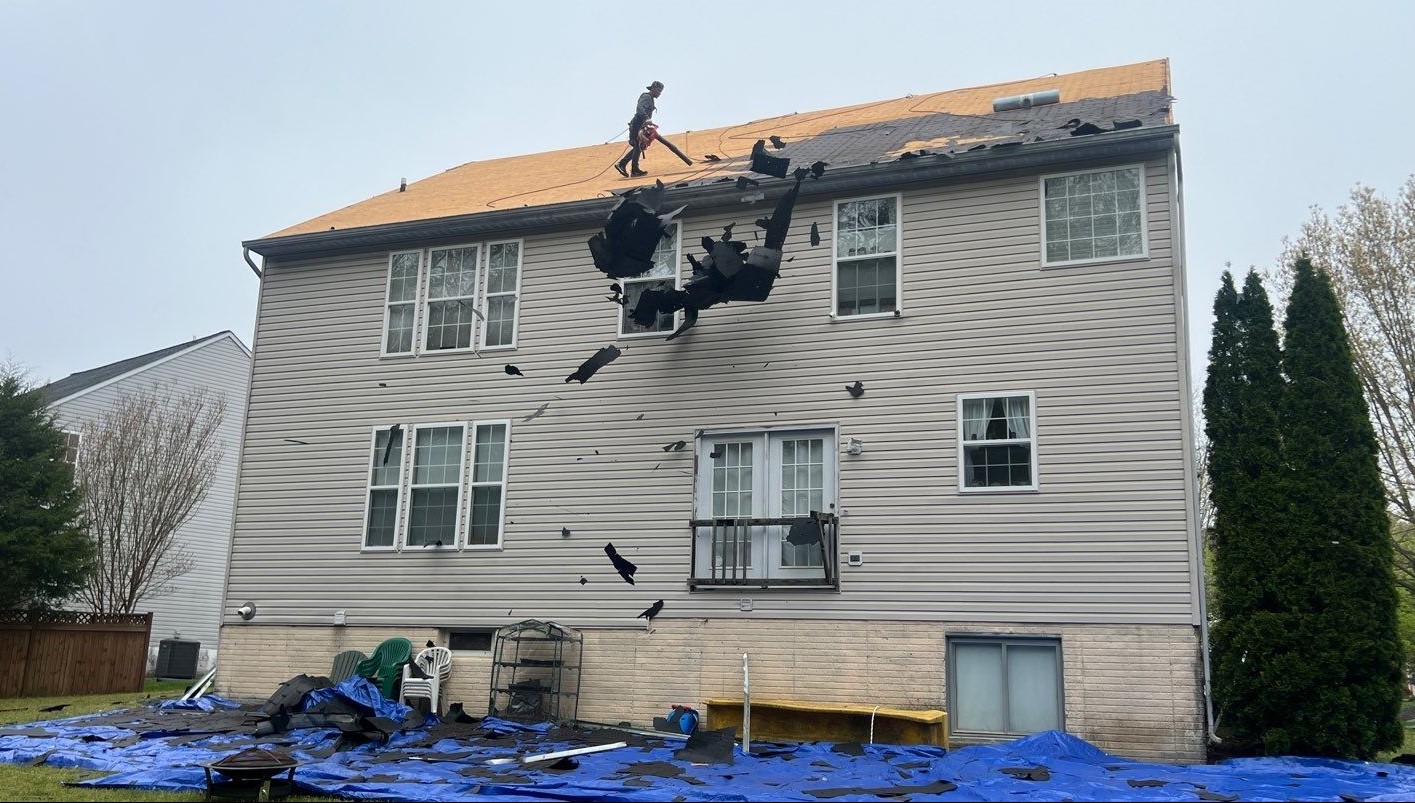Oahu Roofing: Reputable Roofing Solutions for Residences and Companies
Oahu Roofing: Reputable Roofing Solutions for Residences and Companies
Blog Article
Recognizing the Various Kinds Of Roofing Systems: A Comprehensive Guide for Homeowners
In the world of homeownership, choosing the appropriate roofing design is a choice that lugs significant effects for both capability and aesthetic allure. With a variety of alternatives-- varying from the typical gable to the contemporary flat-- each type presents special advantages and difficulties that need to straighten with the home owner's certain needs and environmental factors to consider. Recognizing these distinctions not only help in making an educated selection but also affects long-lasting maintenance and power performance. As we explore the details of different roof kinds, it ends up being evident that a person size does not fit all; the best choice might shock you.
Saddleback Roof
Saddleback roofs, defined by their triangular shape, are amongst the most popular roof styles as a result of their simpleness and efficiency in shedding water and snow. This design includes 2 sloping sides that satisfy at a ridge, permitting efficient drain and lessening the risk of water buildup. The steep pitch typically associated with saddleback roofs boosts their capacity to deal with heavy rainfall, making them ideal for various climates.
In enhancement to their useful benefits, saddleback roofs provide visual versatility. They can be adjusted to numerous architectural styles, from typical to contemporary homes. The style can also suit additional functions such as dormer home windows, which improve all-natural light and ventilation in the attic room room.
Moreover, gable roofings supply sufficient room for insulation, contributing to power efficiency. House owners can pick from a variety of roof materials, including asphalt roof shingles, steel, and floor tiles, additionally enhancing customization options.
Regardless of their advantages, saddleback roofs may need extra support in areas prone to high winds or hefty snowfall. In general, the saddleback roof continues to be a favored option because of its mix of performance, sturdiness, and aesthetic allure.
Apartment Roofs
Level roofs are commonly acknowledged for their minimal style and sensible applications, particularly in industrial and industrial settings (oahu roofing). These roof coverings include a horizontal or almost straight surface, which enables easy building and functional area use. While they may do not have the aesthetic appeal of angled roofs, level roofing systems supply countless advantages, particularly in metropolitan atmospheres where making the most of room is crucial
One of the main advantages of flat roof coverings is their accessibility. Property owners can use the roofing system room for numerous functions, such as roof yards, terraces, or photovoltaic panel installments. Additionally, flat roof coverings are typically extra cost-efficient to maintain and mount compared to their sloped counterparts, as they call for less products and labor.
Usual materials utilized for level roofings include built-up roof covering (BUR), customized asphalt, and single-ply membrane layers, each offering unique advantages. Overall, flat roof coverings serve as a versatile and useful choice for several house owners and organizations alike.
Hip Roofings
Hip roofing systems are defined by their sloped sides that merge on top, creating a ridge. This design is distinctive from saddleback roofs, as all 4 sides of a hip roof slope downwards towards the walls, giving a much more steady structure. The angle of the slopes can vary, enabling for versatility in architectural aesthetic appeals and capability.
One of the primary advantages of hip roofs is their capacity to withstand hefty winds and damaging weather. The sloped surface areas make it possible for much better water drain, decreasing the risk of leakages and water damages. Additionally, hip roofing systems supply raised attic room area, which can be utilized for storage and even transformed right into comfortable locations.
Nevertheless, building a hip roof can be more expensive and intricate than less complex roof kinds, such as saddleback roofs. The additional material and labor associated with creating the slopes and making sure appropriate structural site link stability can lead to greater costs. In spite of these drawbacks, lots of house owners favor hip check this roofings for their longevity, visual appeal, and capacity for energy performance.
Mansard Roofing Systems
Mansard roof coverings, typically acknowledged by their distinct four-sided style, function two slopes on each side, with the lower slope being steeper than the top. This building style, stemming from France in the 17th century, is not only cosmetically enticing however functional, as it takes full advantage of the usable room in the top floors of a structure. The high lower slope allows for even more headroom, making it an optimal choice for attic rooms or loft spaces, which can be exchanged living rooms.
Mansard roofings are defined by their adaptability, accommodating different building styles, from conventional to modern-day. They can be constructed with different materials, including asphalt roof shingles, slate, or steel, offering homeowners with a variety of options to match their preferences and budget plans. Additionally, the style permits the combination of dormer windows, boosting all-natural light and air flow in the top levels.
Nonetheless, it is necessary to consider the potential disadvantages. Mansard roofing systems might require more upkeep as a result of the complexity of their design, and their high slopes can be challenging for snow and rainfall drainage. On the whole, mansard roofings incorporate style with functionality, making them a prominent option amongst home owners seeking unique architectural features.
Shed Roofings
As homeowners find more info progressively seek simplicity and functionality in their building layouts, lost roof coverings have actually arised as a preferred choice. Identified by a single sloping plane, a shed roofing offers a minimal aesthetic that enhances various home styles, from contemporary to rustic.
Among the primary advantages of a shed roofing is its simple building, which frequently equates to decrease labor and material expenses. This layout enables efficient water drain, decreasing the danger of leaks and water damages. Furthermore, the upright slope offers ample room for skylights, improving natural light within the interior.
Dropped roofs also offer convenience in terms of usage. They can be properly integrated right into additions, garages, or exterior frameworks like sheds and pavilions. Additionally, this roofing system design can fit various roof covering materials, consisting of metal, asphalt shingles, or perhaps eco-friendly roofs, aligning with green campaigns.
Nevertheless, it is important to take into consideration regional climate conditions, as heavy snow tons may necessitate adjustments to the roofing system's angle or framework. Overall, lost roofs offer a practical and visually pleasing option for house owners seeking to make the most of functionality without jeopardizing style.
Verdict


Gable roofing systems, defined by their triangular shape, are amongst the most preferred roofing designs due to their simplicity and performance in losing water and snow. oahu roofing. The high pitch typically associated with gable roofings boosts their capacity to deal with hefty precipitation, making them suitable for different environments
While they might do not have the visual charm of pitched roof coverings, level roofing systems supply countless benefits, especially in city settings where taking full advantage of room is important.

Report this page